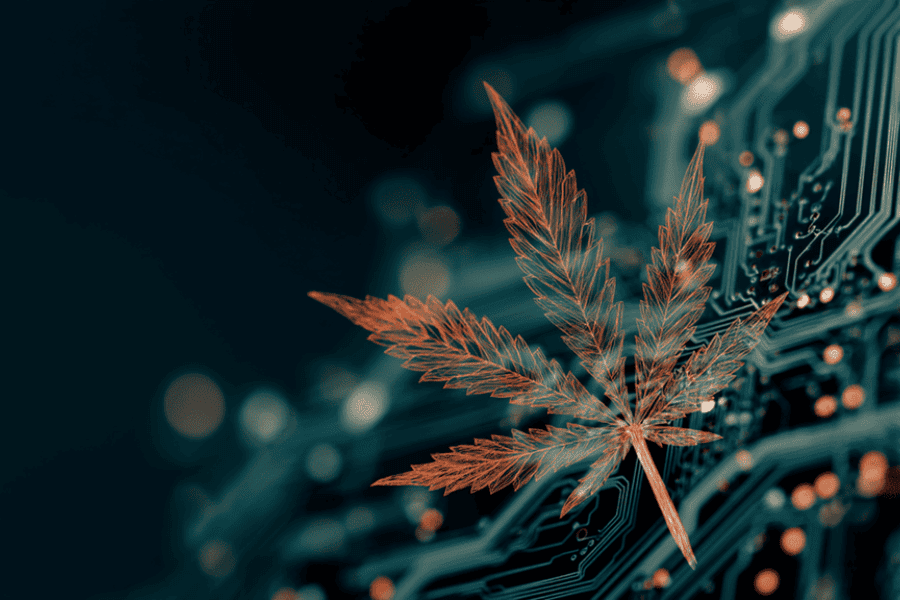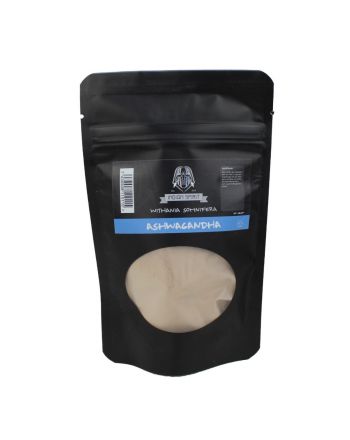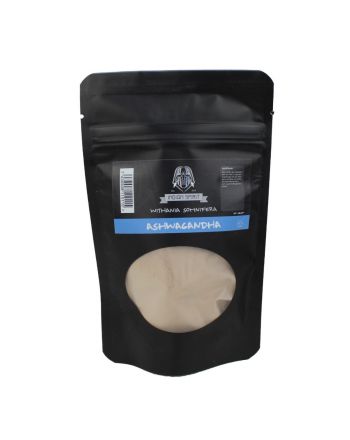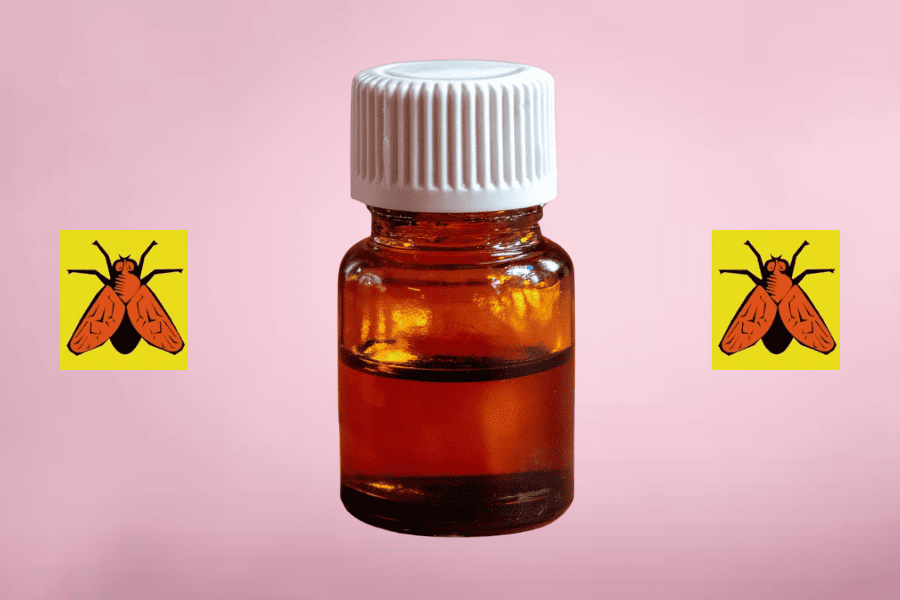Ashwagandha: all about the experiences and side effects
- Funcaps
- Blogs about smartshop
- 6 Sep 2024
- 32views
- Reading time: 3 minutes
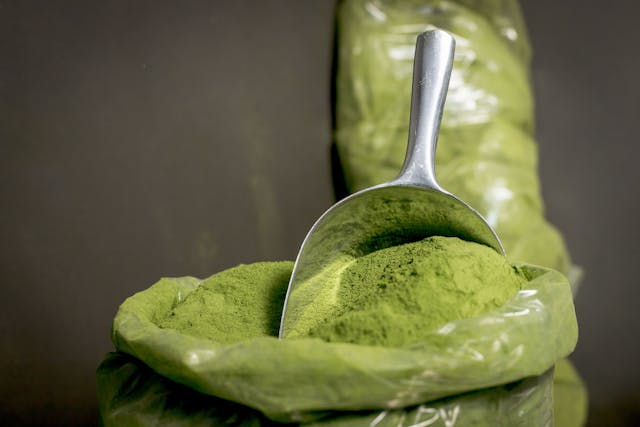
Ashwagandha, a powerful herb used for centuries in traditional Ayurvedic medicine, has been rapidly gaining popularity in the West in recent years. Known for its adaptogenic properties, Ashwagandha helps the body cope with stress and promotes an overall sense of well-being. In this blog, we dive deeper into what Ashwagandha is and what the average Ashwagandha experiences are.
What is Ashwagandha?
Ashwagandha, also known as Indian ginseng, is an herb that has its origins in traditional Ayurvedic medicine. Here the use of this medicine has been practiced for hundreds of years. Ashwagandha comes from a plant called Withania somnifera, which grows in areas such as India, Africa and North America. The plant falls under the Nightshade family. Ashwagandha is best known as an adaptogen, meaning it helps the body adapt to stress and restore balance, much like natural remedies like Skullcap and Kanna.
Ashwagandha as a dietary supplement experiences
Nowadays Ashwagandha is used as a dietary supplement by both men and women. Here the root is ground into a powder. This powder is then made into tea, for example, and drunk, just like kratom for example. However, there are also Ashwagandha capsules with ground root, leaves or a combination of both.
Werking van Ashwagandha
Ashwagandha voert zijn werking uit door de hoge concentratie van werkzame stof Withanolide in de wortel van de plant. Withanolide behoort tot de flavonoïden, die je terugvindt in meerdere groentes en fruitsoorten. Ook in diverse noten en zaden vind je het terug. Wanneer het kruid begint te werken, is ongeveer na vier à twaalf weken. Dit geldt wanneer je tussen de 250 milligram en 800 milligram per dag nuttigt. De vitanolides hebben namelijk tijd nodig om zich in het lichaam op te bouwen.
Effects of Ashwagandha
Ashwagandha performs its action through the high concentration of active ingredient Withanolide in the root of the plant. Withanolide belongs to the flavonoids, which can be found in several vegetables and fruits. It is also found in various nuts and seeds. When the herb begins to work is approximately after four to 12 weeks. This is true when you consume between 250 milligrams and 800 milligrams per day. This is because the vitanolides need time to build up in the body.
Benefits of Ashwagandha
The labels of packaging containing Ashwagandha generally describe positive experiences with the drug. This is due to the beneficial effects of the herb, such as:
- Male fertility increases
- Provides tranquility
- Helps create mental balance
- Contributes to a good memory
- Ensures good focus
- Healthy airways
- Healthy skin
- Protect against signs of aging
- Protect body cells
Many people also have positive Ashwagandha experiences with sleep, as the herb is said to make them sleepy, allowing them to fall asleep quickly and sleep deeply at the same time.
Side effects
Side effects are mentioned only sporadically in average Ashwagandha experiences, making these supplements relatively safe to use. Some symptoms such as nausea, drowsiness and nausea do occasionally occur with excessive doses. However, it is not addictive. It is not recommended to take Ashwagandha when pregnant or breastfeeding. If you have problems with the thyroid glands, the drug is also not recommended.
Daily dosage
Ashwagandha can be taken in several ways, namely in powder form and in capsule form. One of the most common dosages of Ashwagandha is between 300 and 600 milligrams of active ingredient. This is about 3 to 6 grams of root each day. You may take a daily dosage of 1,200 milligrams for a short period of a few months, but after this you should taper off.





